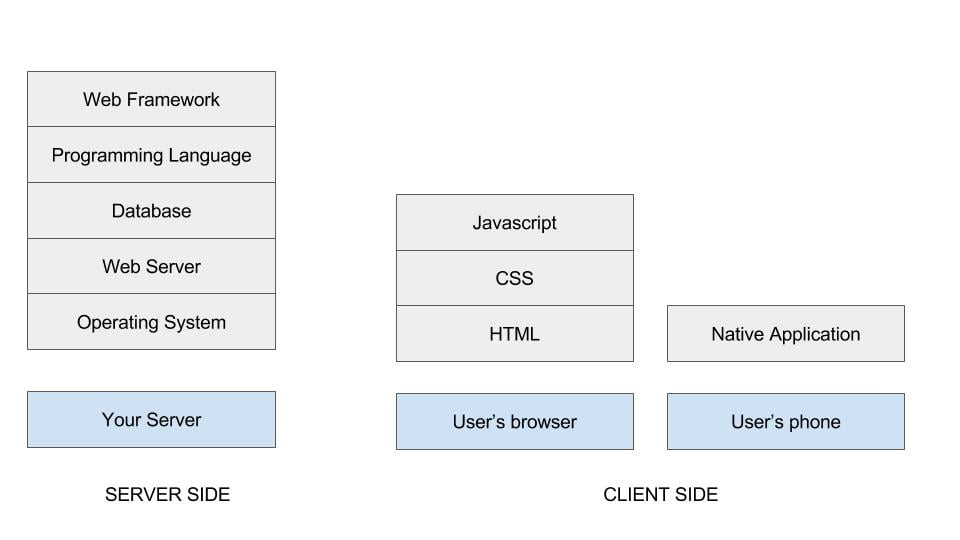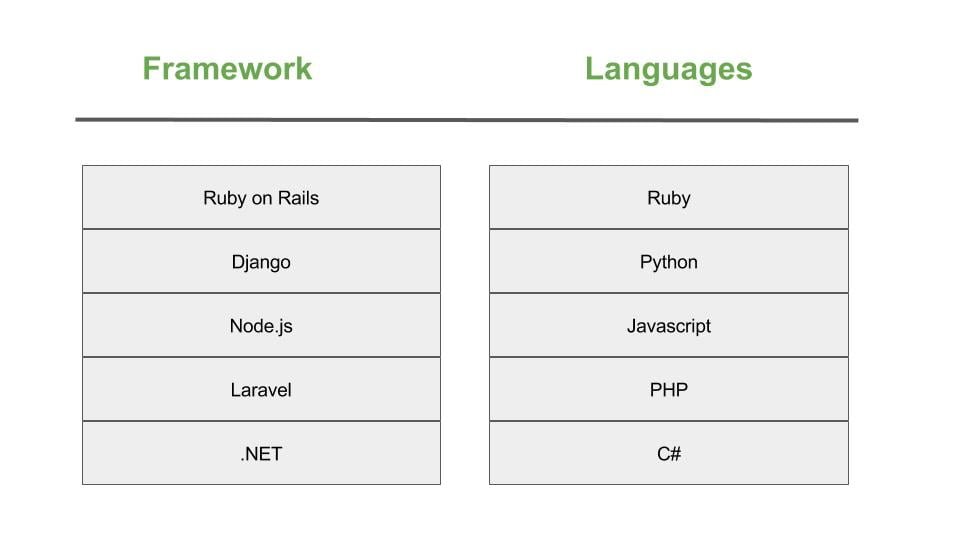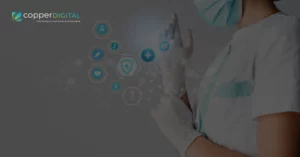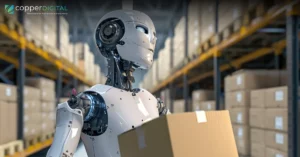Selecting a tech stack is often the toughest decision. In case, you are non-technical, you might drown in the number of options available and the fear of choosing the wrong language. In reality, there are a few things to consider before committing to any language or framework. Based on which you can narrow down the options to a manageable set of technology choices.
The first step should be understanding everything about a technology stack so you can differentiate between the options available to you.
Technology Stack
A technology stack is a combination of programming languages and software products used to build a web or mobile application. These applications have two components: client-side and server-side also known as frontend and backend respectively.

Backend Technology Stack
Backend is the business logic that works behind the scenes. Users never engage with the backend, all information is passed back and forth through the frontend. Most people go for the well-known backend stack known as LAMP (Linux, Apache, MySQL, PHP) which has two new additions Ruby or Python as programming languages instead of PHP.
A programming language is selected along with a web framework written in that language. These frameworks are extremely useful as they provide implementations of common web application features like user authentication and data access which saves them from reinventing the wheel.

Frontend Technology Stack
Frontend is the visual part of the application that users interact with. This interaction can happen through a web browser or a mobile application.
The frontend tech stack for web browser is:
-HTML
-CSS
-Javascript
For a mobile application, the tech stack comprises of Objective C/Swift for iOS and Java for Android.
How should you choose a technology stack?
If you are planning to go with the basic web or mobile project, it is advisable that you go with the easiest option as they will be available at a lower price and with more development options. In this case, you can go for WordPress or core PHP as they assure high performance results.
However, if you are planning to build something unique equipped with high end functionalities and features, you should go for more niche and specialized technologies like Ruby on Rails or Django. You can select your technology stack around that.
How does technology stack affect the long term maintainability?
The maintainability is affected by three factors: structure, code length and duplicate code.
The structure comprises of an initial architecture which will define its maintenance in the future. The harder it is to work with the initial architecture the more deviations will appear along the way.
A good programmer will be able to write compressed code which is easy to understand and can be reused whereas a less experienced programmer will write multiple line code which is difficult to understand and reuse. Writing code that can be understood and reused is a matter of art not everyone possesses.
Duplicate code refers to a sequence of code that occurs more than once within a program or several programs. It causes a problem in the long run as it interferes with the smooth functioning of the application.
How does technology stack affect long term scalability and security?
Scalability has two main dimensions-
-More processes on one machine
-More machines for one program
Choosing a technology stack depends largely on the stage in which your project is currently on. Some virtual machines perform better than the others. For example- The Java virtual machine is better when it comes to productivity.
Conclusion
Choosing a technology stack is simply about thinking ahead in time. We are a mobile app development company whose technology stack includes all modern variants of open source technologies. We help our customers choose the right technology stack based on the nature of their business and requirements. We suggest them appropriate languages, testing frameworks, UI frameworks, Continuous integration tools, hosting platforms, mobile platforms based on the business requirements keeping in mind the cost of development.




